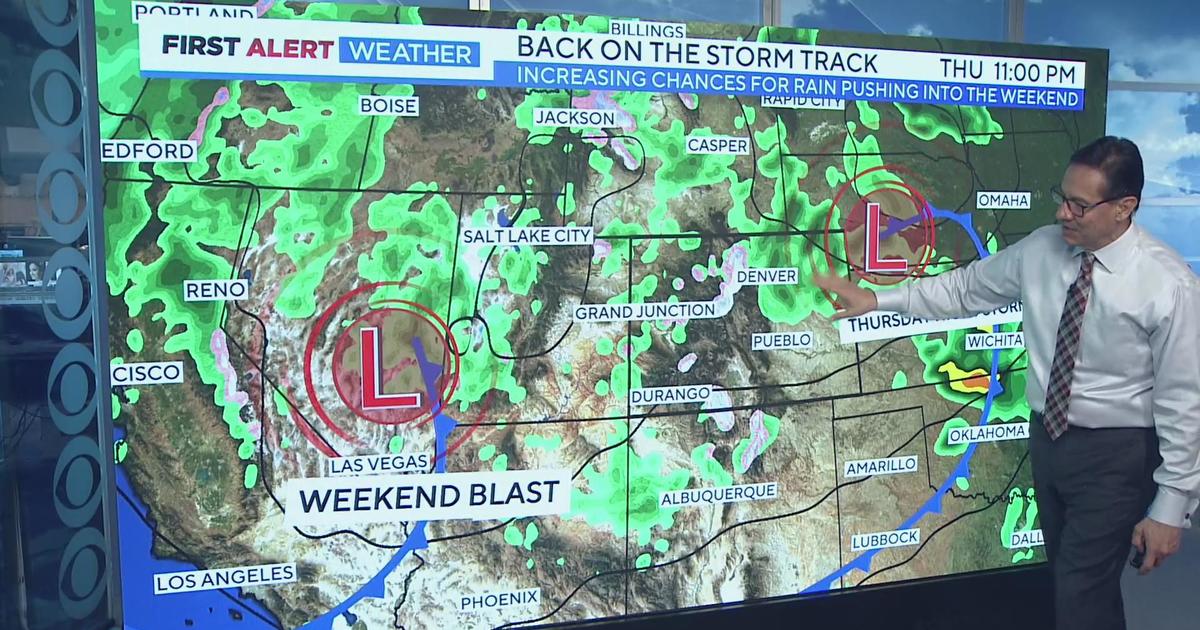Colorado's Most Deadly Thunderstorm Hazard Isn't Tornadoes
DENVER (CBS4) - Severe thunderstorms pose many hazards to life and property across Colorado each year. Everything from hail and tornadoes to severe winds and flash floods are possible.
But the most dangerous aspect is typically lightning.
Since 1980, lightning has killed and injured more people in Colorado than any other thunderstorm hazard. On average, three people die and 13 are injured each year across our state due to lightning strikes.
In 2013, there were no deaths due to lightning in Colorado, but 22 people were injured.
Besides the threat to human life, lightning brings another major hazard. It ignites most forest and rangeland fires.
Because of Colorado's dry climate, we often see thunderstorms that produce little in the way of precipitation, but contain plenty of lightning. This type of lightning is sometimes called dry lightning.
LIGHTNING SAFETY
If you are caught outside when lightning and thunder begin, immediately head for a substantial building to seek shelter. Stay away from doors and windows and avoid using anything connected to plumbing or electricity.
You should unplug sensitive electronics, such as TVs and computers, especially if they are not on a surge protector.
A hard topped vehicle, such as a car or truck, can also offer protection from lightning. Once inside, do not touch anything metal. Keep the doors closed and the windows shut.
It is not safe to be under a picnic shelter, porch, carport or patio during a thunderstorm.
When the thunder roars, go indoors!
You should stay inside for at least 30 minutes after you heard the last thunder.




